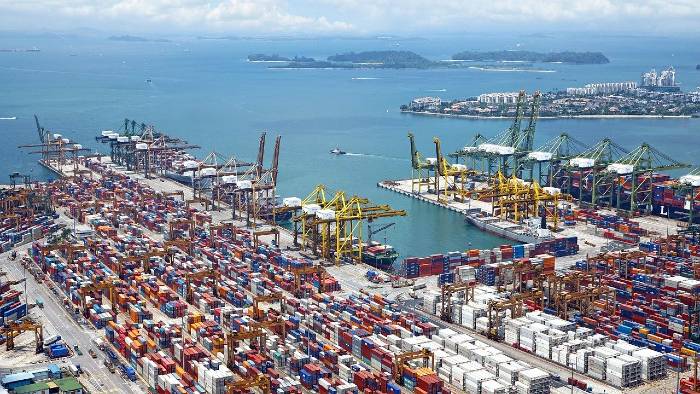As a result of the COVID-19 pandemic, manufacturing supply chains across the world have been shaken up. We’ve noted a few ways the scene has changed and what you can do to adjust in order to avoid delay of your product delivery and meet demand.
 PRODUCE AT FULL SPEED TO MATCH WORLDWIDE SUPPLY SHORTAGE
PRODUCE AT FULL SPEED TO MATCH WORLDWIDE SUPPLY SHORTAGE
Since last August, factories in China have experienced a major order surge from their oversea clients. This is largely due to the worldwide supply shortage resulting from the impact of the pandemic. China’s positive internal economic recovery from Covid-19 attributed to its manufacturing factories being back in full capacity and ready to produce. As Tier 2 suppliers, China factories are also supplying the revival of the overall Asian economic sphere due to China’s chief role in exports in the Asian supply chain.
 PLAN AHEAD DUE TO SHIPPING CONTAINER SHORTAGE
PLAN AHEAD DUE TO SHIPPING CONTAINER SHORTAGE
As a result of the booming demand for goods from China, the country has experienced a depletion in their shipping containers. Although net exports only account for 0.6% of China’s 4.9% October GDP growth, the demand for Chinese goods have hit an all-time high. This trend was seen as early as June of 2020. Since August 2020, factories have ramped up their production to meet demands. October marks China’s six-month growth of factories. This has prompted a surge in demand of shipping containers by China to other countries. The shortage has also delayed shipping times by weeks and increased ocean freight prices.
CONSIDER CONGESTION AT DESTINATION PORTS
The result of increased demands also puts a strain on ports of receiving countries. Products are now seeing delays by about two weeks that would have otherwise seen delays by mere days. Countries such as the US are seeing an influx of shipments and unscheduled cargos to meet demand. Ports such as that of Los Angeles and Long Beach have been facing difficulty in catching up with their shipments from even September. A more dramatic surplus of shipments is expected as the holiday season inches closer. Workers are put in over-time to ensure all goods are delivered efficiently to chain-stores. Those with JIT-modeled businesses should plan to order at least two weeks in advance to ensure timely delivery.
Please contact your project managers for more details in regards to shipping lead time and production planning.





